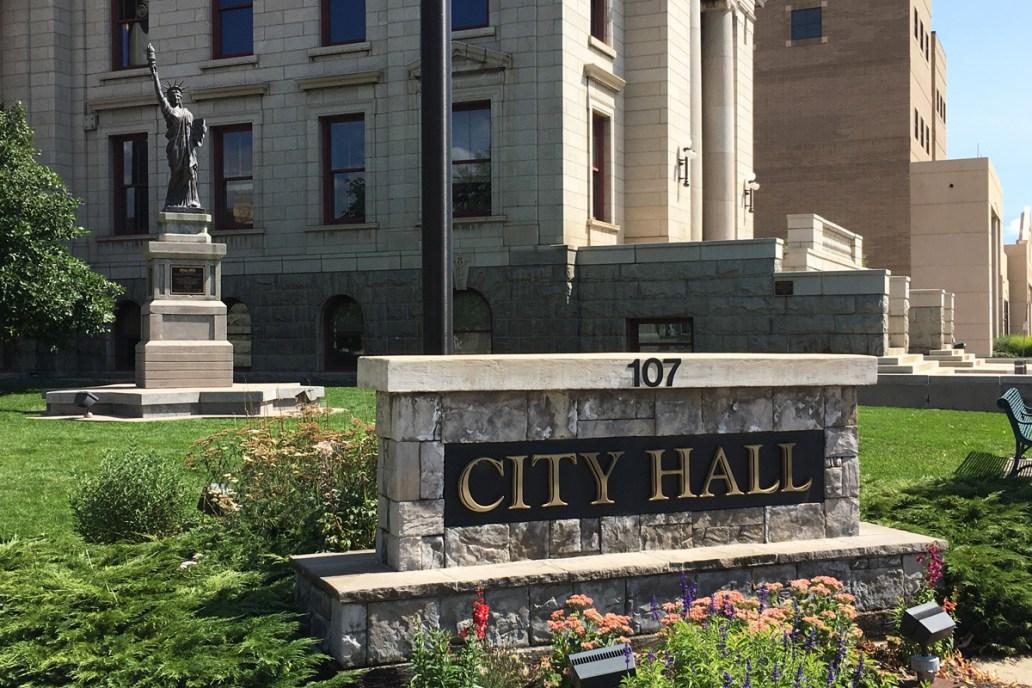
Citywide planning doesn’t always address the needs of every neighborhood, so Colorado Springs intends to create a dozen community plans to get viewpoints from people all over town.
The process is an offshoot of the city’s comprehensive master plan, PlanCOS, which calls for community plans to be “organized around the six Vision Themes which make up PlanCOS—Vibrant Neighborhoods, Unique Places, Renowned Culture, Strong Connections, Thriving Economy, and Majestic Landscapes.”
The community plans can take a couple of years and involve meeting with residents and other stakeholders. Once in place, planning manager Carl Schueler said they’ll help set priorities to guide funding and development.
“It also forces a conversation between neighborhoods,” he said. “To talk about some of the topics related to transportation and affordable housing and all of that kind of stuff.”
The planning areas roughly correspond to half of each city council district. The idea is to be sure the community plans work in concert with citywide plans involving growth and other topics.
“(There are) many different plans that the city is doing,” said city planner Daniel Besinaiz, referencing all the pieces of PlanCOS. “We're making sure that this aligns with that. So we're not just coming up with these crazy ideas that no one else in the city is supporting.”
The first two plans known as Southeast Strong in the southeastern part of the city and Greater Westside just west and a little south of downtown are currently underway.
Besinaiz has been facilitating the Southeast Strong plan, which includes nearly 39,000 people who live in the Spring Creek, Deerfield Hills, Soaring Eagles, Southborough, Pikes Peak North and Pikes Peak South neighborhoods. This area is racially diverse, with about half of the residents identifying as Black or Hispanic.
“What we heard over and over and over again from residents in the southeast was that they were so proud to be from that area,” Besinaiz said, adding that they want to reflect and celebrate their cultures.
He also said improving the overall health and safety of the community is important to residents, “to live better, live longer,” he said. Research from the city shows the life expectancy of the Southeast Strong community is almost 20 years lower than in other parts of the city.
At least one more public meeting will be held in the coming months before the final plan is adopted.
The Greater Westside Community Plan covers more than 37,000 residents of the Mesa Springs, Mesa, Old Colorado City, Midland, Westside, Gold Hill, Skyway, Ivywild and Stratton Meadows neighborhoods. It’s at an earlier stage in the planning process and another public meeting is tentatively scheduled for April.
The city can only work on two community plans at a time, according to Schueler, so they started in older neighborhoods that don’t have existing master plans.
Schueler said they’re discussing what area they’ll focus on next and moving forward into other areas is dependent on staffing and availability of funding.
“We don't have the bandwidth, frankly, to even start it at this point,” he said. “There'll be a decision at some point where to go with the third one, and that will be one of the more mature areas of the city.”
The two plans currently in the works are expected to be complete later this year.
Related coverage
- Controversial Colorado Springs water service extension ordinance moves forward
- New zoning code gets initial nod from Colorado Springs City Council with some changes
- Colorado Springs’ PlanCOS Isn’t Just ‘Sitting On A Shelf,’ It’s A Plan In Motion









